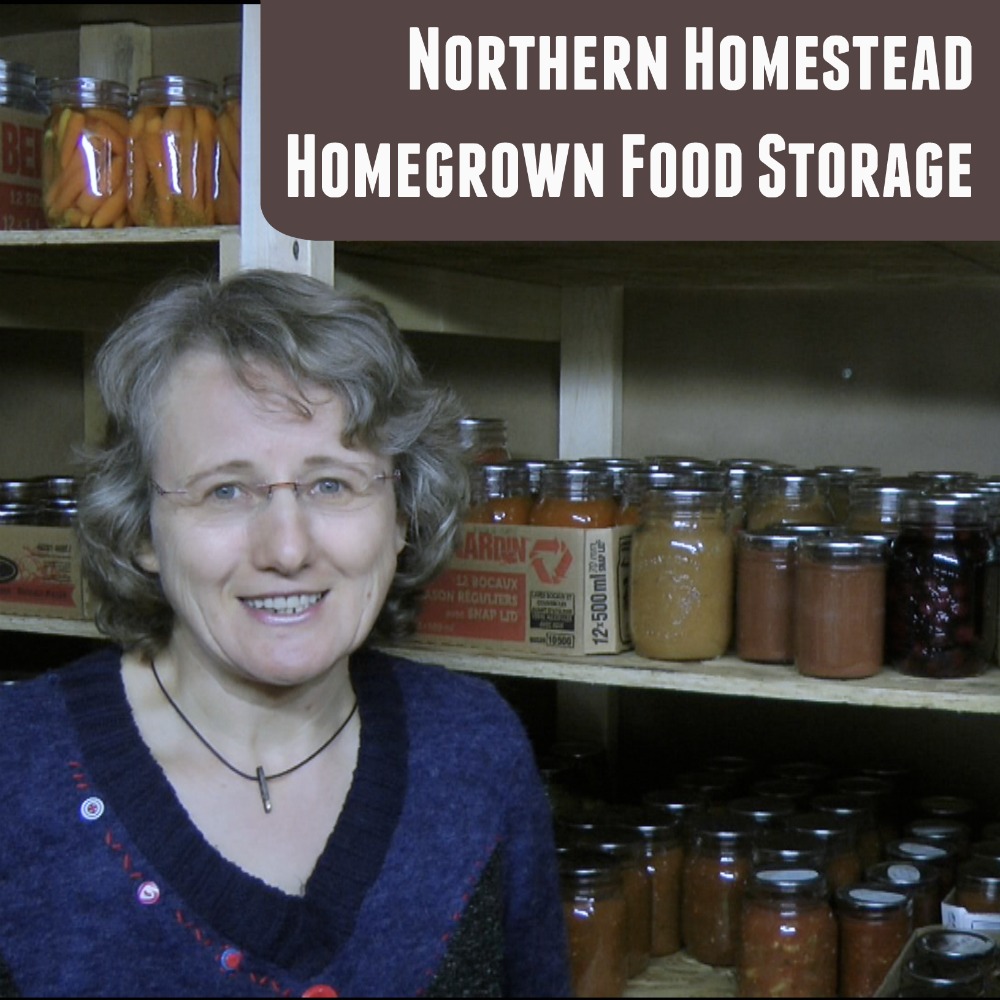
How much food can an urban homestead grow for the winter? Here we share our Northern Homestead homegrown food storage as of today, Thanksgiving 2018.
We are doing our best to live mindfully, kindly, sustainable, and joyfully. Our food storage is filled to overflow because we have been blessed with an overabundance by the Creator of the Universe, who promised that there will always be seedtime and harvest.
The goal of this video is to encourage you to grow your own food and preserve it for the winter even in challenging situations. To be able to grow what you eat and eat what you grow if possible year-round.
Homegrown food is the very best food that money often can’t buy. The second best is locally grown food that we can U-pick or buy at the farmer’s market. Some of the food in our food storage come from these sources. We did a road trip this summer to the Creston Valley and picked apricots that we preserved as jam, as canned apricots, and dehydrated fruit for the winter. It was so fun and so worth it.
This is a short video that captures a portion of our food storage. If you can’t see the video below, click here.
Homegrown food in cold storage
Natural cold storage of fruit and vegetables is the oldest, most efficient, and in many cases the best way to preserve food for the winter. It has its limitations though with a long winter like ours. Still, we store potatoes, squash, onions, dry beans, and apples. Our cold room is a former coal room in our old house. It stays around 5C during the winter months. Things like sweet potatoes, garlic, and green tomatoes do not need it so cold, we store them in the basement.
How-tos on our blog for food storage are:
- A Simple Way to Store Garlic
- 3 Great Ways to Store Onions
- How To Ripen Green Tomatoes
- Growing Food – Carrots
- Growing Food – Potatoes
- Growing Food – Cabbage
- How to grow and use Ground Cherries
- Dozen ways to preserve Zucchini
This year for the first time we want to learn to store vegetables in sand or sawdust (not in the video yet). There is great information about that and much more in the book Root Cellaring.
Homegrown canned food storage
Canning is a great way to preserve food and store it for a long time. Canned homegrown food makes instant, healthy meal preparation possible.
The recipes that we have on our blog for the canned food you see in this video are as followed:
- Canning Homemade Tomato Salsa
- Canned Zucchini Tongue Recipe
- Apple Sauce Apple Jam Apple Butter
- Canned Zucchini Salad
- Lecho Canned Bell Peppers Recipes
- Homemade Ajika Salsa Recipe
- Carrot Pepper Salsa
- Oven Roasted Tomato Sauce
My favorite canning book is Ball Complete Book of Home Preserving. We use the Presto canner for pressure canning, steam, and water bath canning all in one.
Homegrown frozen food storage
The easiest way to preserve food for the winter is to freeze it. Our freezer chest is filled with mostly homegrown goodies. On the blog we have how-to instructions for frozen foods:
We also freeze berries, corn, chopped cabbage, chopped onions, chopped peppers, green beans, broccoli, peas, herbs, and dehydrated fruit.
Homegrown dehydrated food storage
Dehydrating food is something that we are in the process to do more. We added Cabela’s 12 tray dehydrator to our food preserving appliances. On the blog you will find a how-to for:
Homegrown fermented food storage
Last not least we ferment food to store for the winter. Our favorite is the red cabbage sauerkraut. The recipe and instructional book that we love is Fermented Vegetables.
As you see an urban homestead in a cold climate with a short growing season can grow and preserve a decent amount of homegrown food for the winter.
What does your homegrown food storage look like? We would love to hear about it.
We invite you to subscribe to Northern Homestead and follow us on Instagram, Facebook, or Pinterest for more great tips.

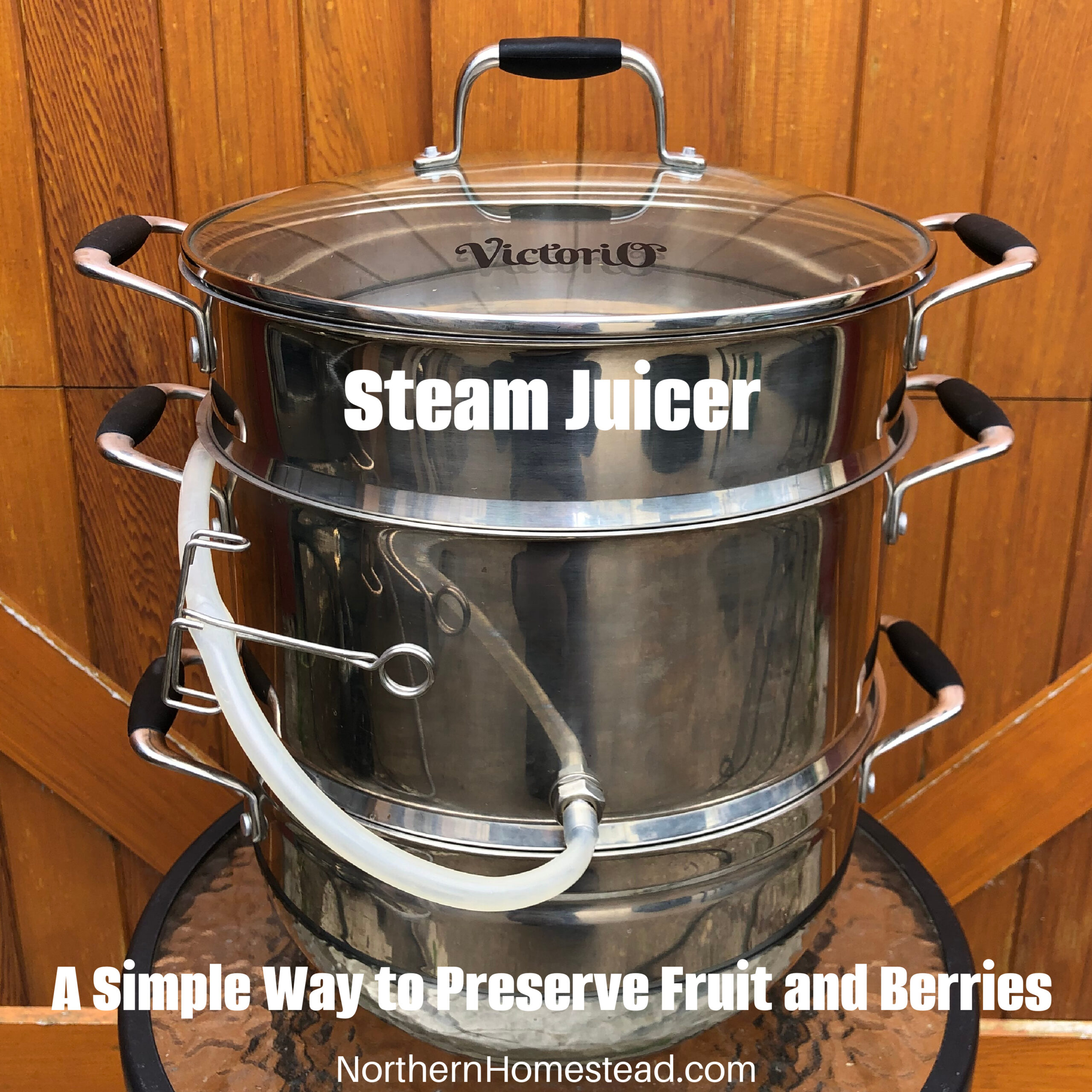
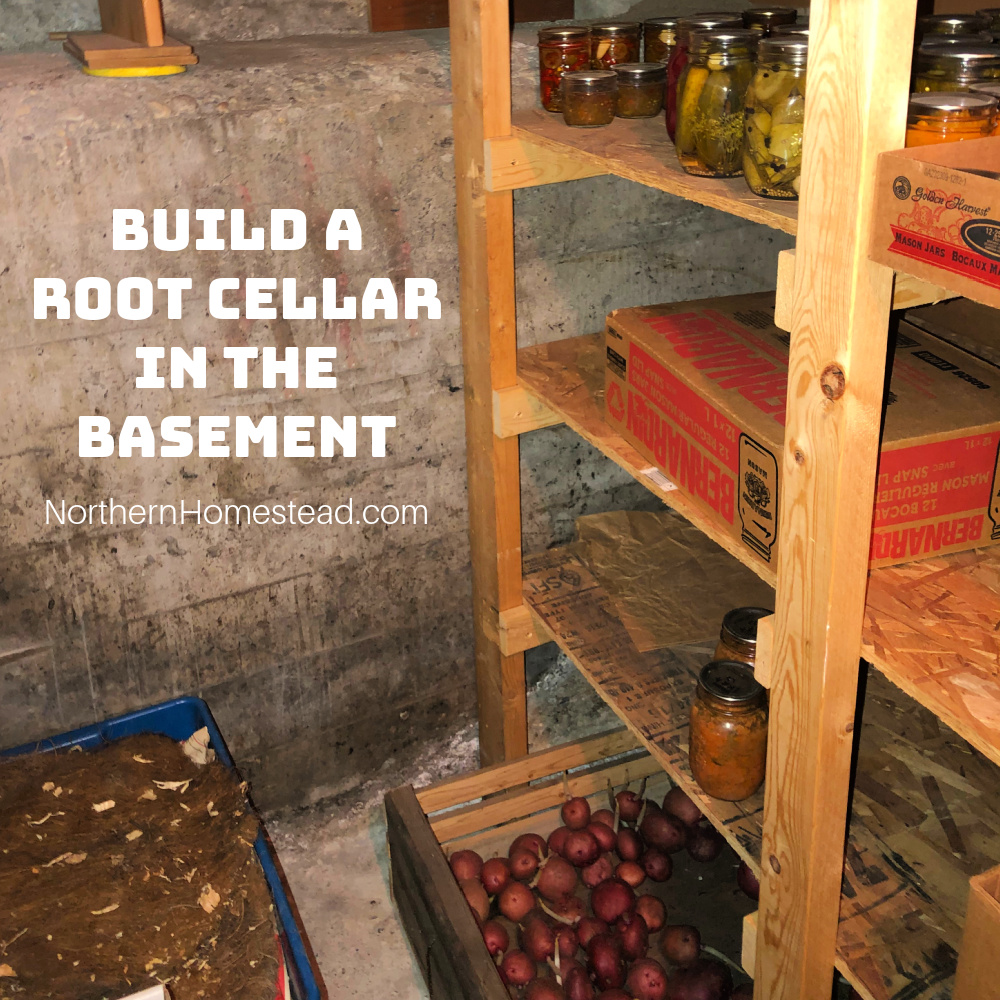
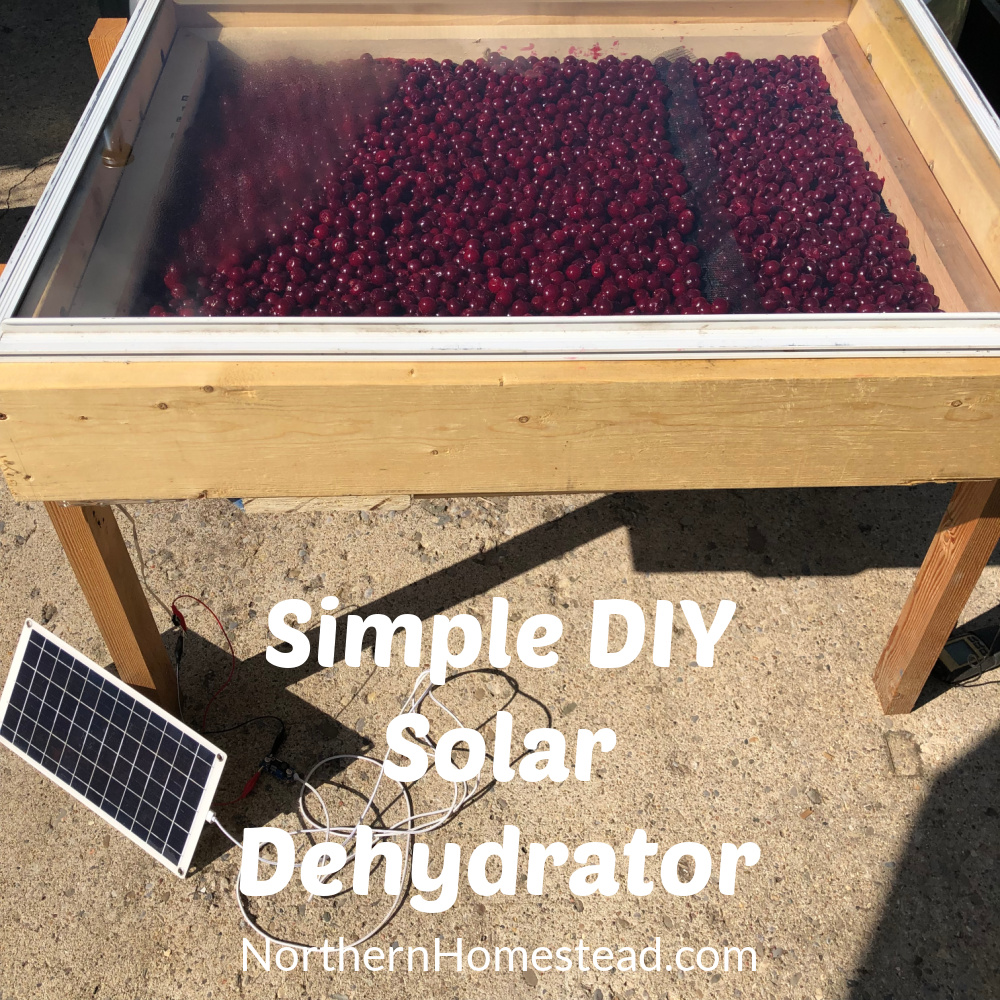
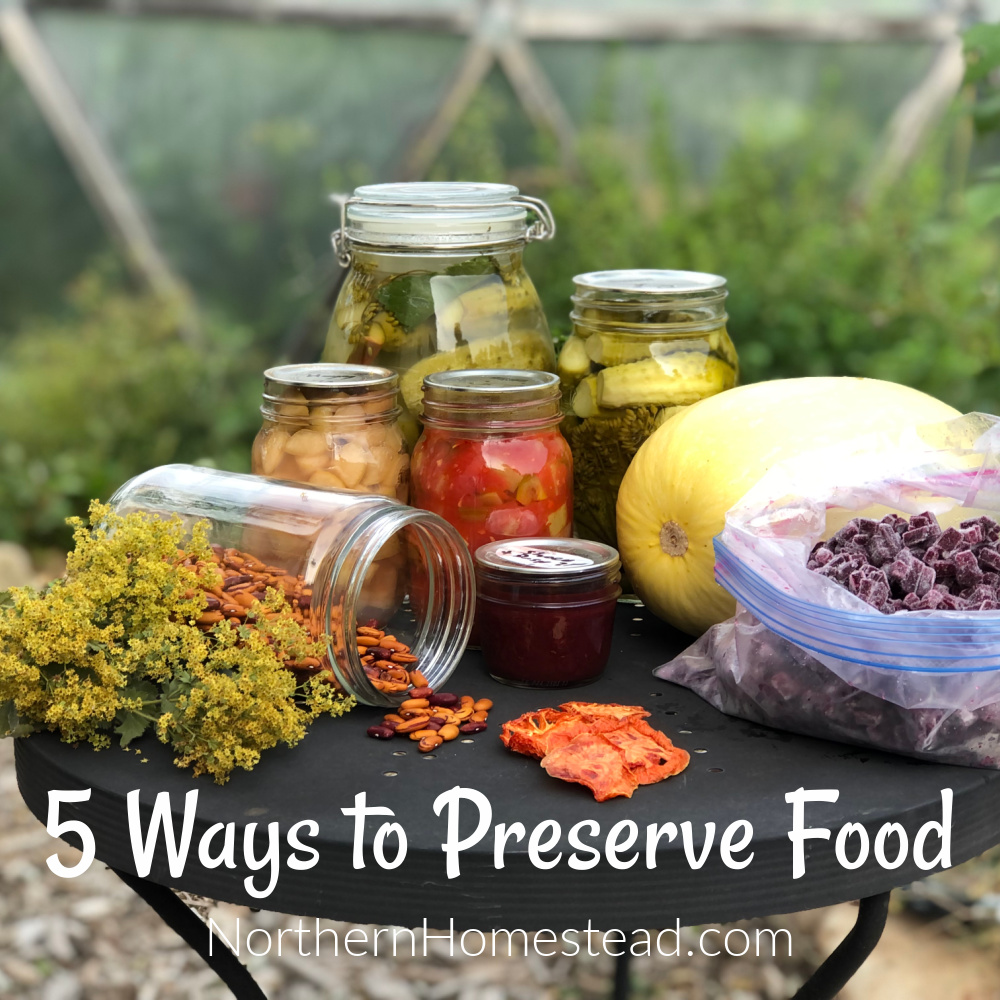
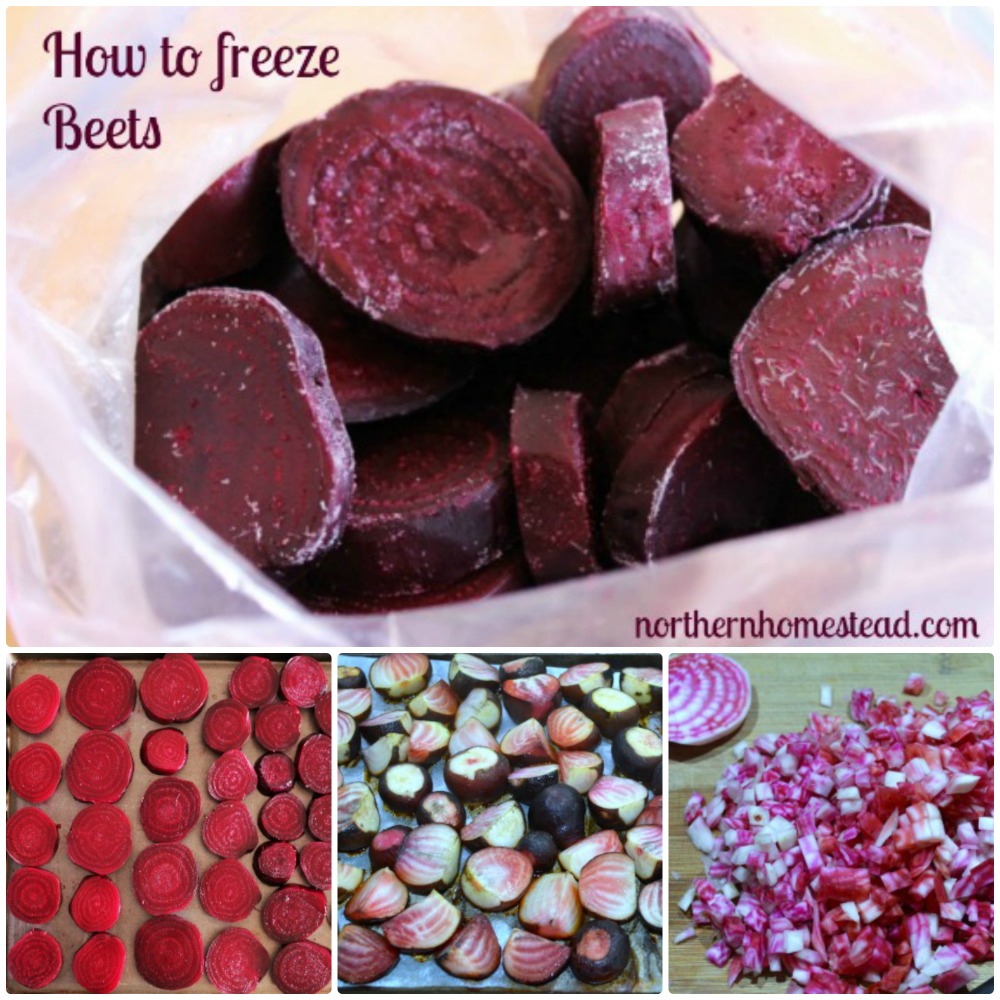
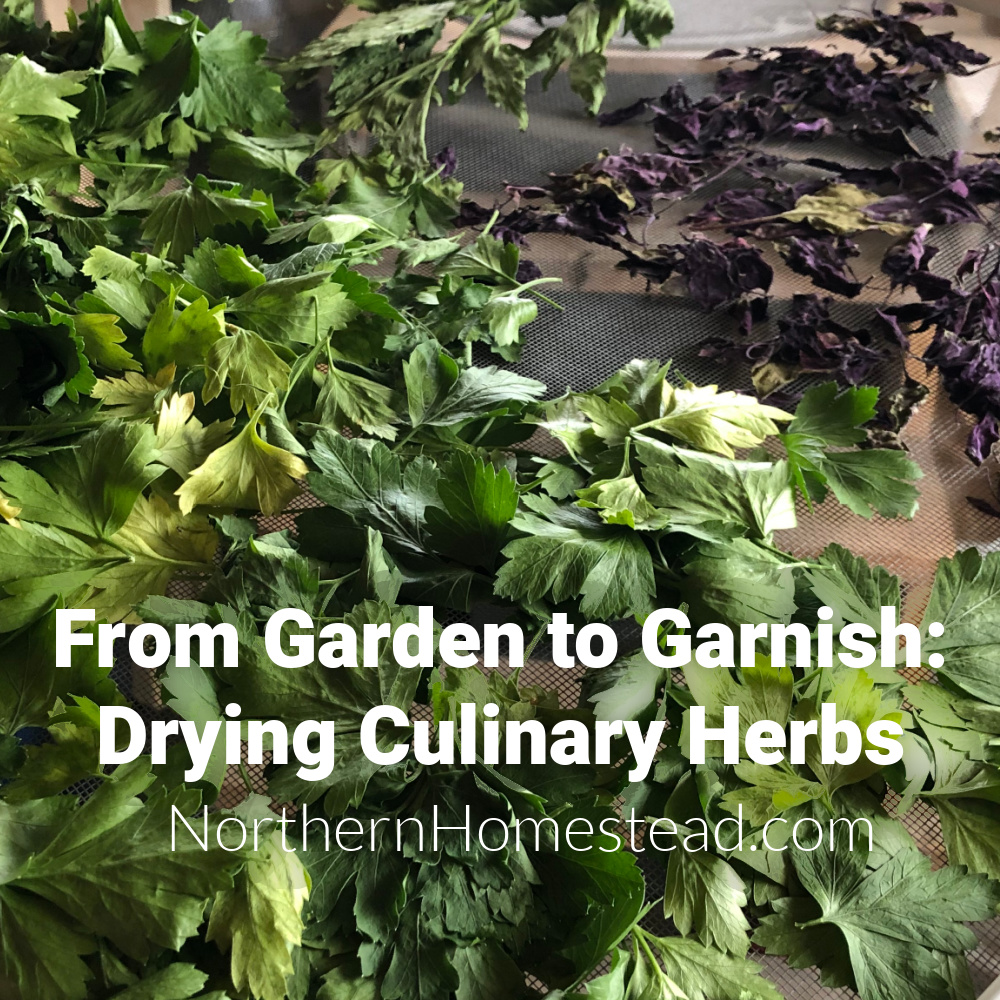

I loved seeing your pantry and all you home canned bounty. It is hard gardening in the northern climates, but so worth all the trouble when we eat so well in the winter. I love knowing where my food comes from and how it was preserved with no additives and strange chemicals.
You right Julie, It sure is worth it. Money can not buy homegrown food.
Wow! You really stocked the pantry this year! I’ve done a few new things this year and one was installing a 32 foot x 8 ft. high (4) cattle panel bean trellis system to grow my own soup beans (Scarlet Red Runners), I’m still picking & drying so I’m not sure how many dry pounds I’ve harvested yet. I plan on putting in 2 trellises for 2 more beans. I did have a wonderful treat when cherry tomatoes sprouted up in compost (in a sunny spot) and I’m cooking up the last batch that finally turned red. That was a real treat! Love your pantry…..I need to do some serious rotating in mine. Now it’s on to making pumpkin butter! Happy Thanksgiving!
Thank you, Sheri! Scarlet Runner beans are one of my favorites, too. This year though I had them in a bad place, so they did.t do well. Glad you got a good harvest.
Your pantry looks fantastic! I hope to one day increase my garden and preserve enough to have a pantry like that. I really enjoyed reading about all the work that goes into preserving this food. More so, I love seeing you being able to grow such much in a Northern climate. I live in Northern Ontario, so I know it can be a challenge with early winter and cool summers. Homegrown food is the best to eat and there isn’t much better than opening a can of home grown, home canned beans in the middle of winter.
Happy to be an encouragement to you in Northern Ontario. Just grow what you can, we didn’t build a pantry like this overnight either.
We live in St Albert and grew collards for the first time this summer. We find it easy to grow and harvest, and delicious.
Have you tried it? Thanks for a great website and ideas.